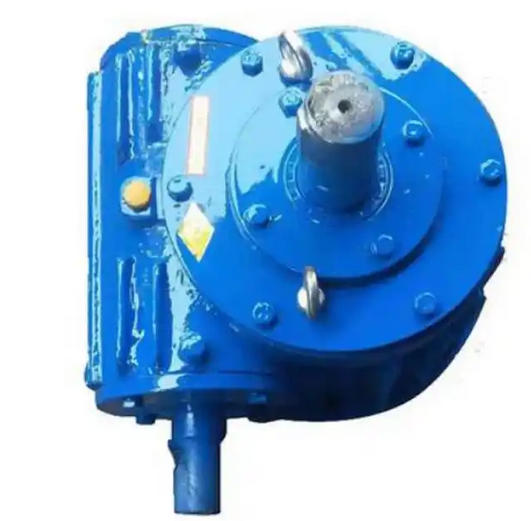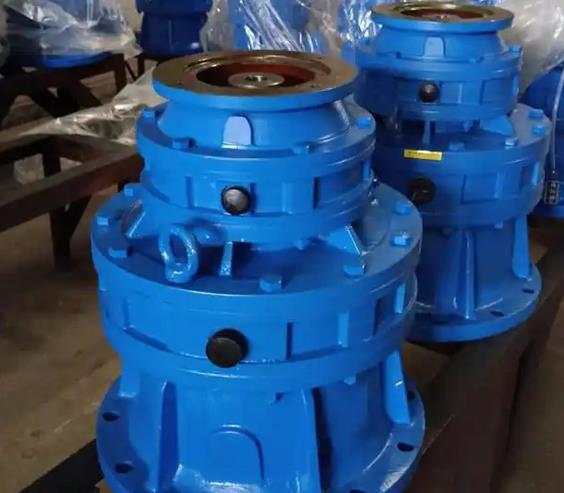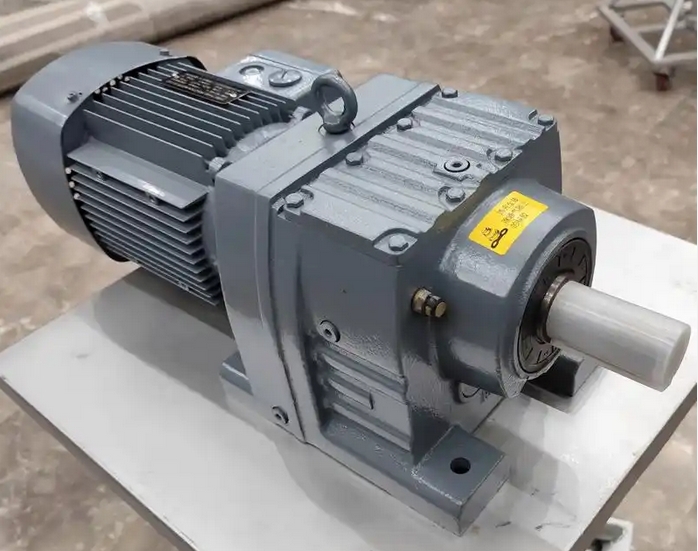How to reduce the noise of CWS160-10-ZV worm gear reducer
CWS160-10-ZV belongs to the CWS series worm in side type worm gear reducer, and its noise is mainly caused by meshing friction, assembly deviation, resonance and other issues. Systematic noise reduction can be achieved from multiple dimensions such as optimizing lubrication, improving assembly accuracy, and controlling working conditions. The specific methods are as follows:Optimize lubrication system to reduce tooth friction noise
Insufficient oil film on the tooth surface can cause strong friction noise from direct metal contact, which is one of the main sources of noise in this gearbox. Synthetic worm gear special oil with ISO VG320-VG460 can be selected, and its extreme pressure performance (PB value) needs to be greater than 1200N, which can form a stable oil film under heavy load. If the equipment operates at high temperatures for a long time, it can be equipped with an oil air lubrication or circulating cooling system to control the oil temperature at 40-50 ℃, avoiding oil film rupture caused by excessive oil temperature. At the same time, perform oil ferrography analysis every quarter, and change the oil immediately when the concentration of wear particles exceeds 500ppm to prevent aging oil from corroding the tooth surface and exacerbating noise.

Improve assembly and component accuracy, enhance meshing stability
Assembly deviation and component wear can cause poor meshing, leading to impact noise. During assembly, a laser centering device can be used to control the coaxiality of the bearing seat hole in the control box body to be ≤ 0.02mm/m. With the help of hydraulic nuts to pre tighten the bearing, the axial clearance can be controlled at 0.05-0.08mm. If the deviation of the worm screw helix angle and the pitting area of the worm gear tooth surface exceed 10%, qualified parts should be replaced in a timely manner. Priority should be given to selecting parts with ground teeth on the tooth surface. The worm gear can also be modified in the tooth direction (with a modification amount of 0.008-0.012mm), so that the length of the tooth surface contact spot accounts for ≥ 60%, reducing meshing impact.
Suppress resonance and vibration transmission, weaken noise propagation
When the excitation frequency such as motor speed coincides with the natural frequency of the gearbox body, it will cause resonance and produce low-frequency roar. By increasing the wall thickness of the box by 20% or adding reinforcement bars to improve stiffness, the natural frequency can be shifted by more than 15%; Rubber shock absorbers and elastic couplings can also be installed between the box and the base to absorb vibration energy and prevent vibration from being transmitted to the base and amplifying noise. In addition, 3mm thick damping alloy plate or acoustic foam can be pasted on the inner wall of the box to effectively attenuate the external propagation of internal noise and reduce 5-8dB (A).
Standardize operating conditions to avoid abnormal load noise
Overloading or load fluctuations can cause a significant increase in contact stress on the worm gear teeth, resulting in cracking or high-frequency whistling. It is necessary to ensure that the equipment load does not exceed the rated value. A torque sensor can be installed to trigger shutdown protection when the instantaneous overload exceeds 110%. If applied to scenarios with large load fluctuations such as material conveying, a buffer device can be installed at the input end to alleviate torque impact. Simultaneously control the input speed to not exceed 1500r/min to avoid excessive meshing frequency and noise at high speeds.





